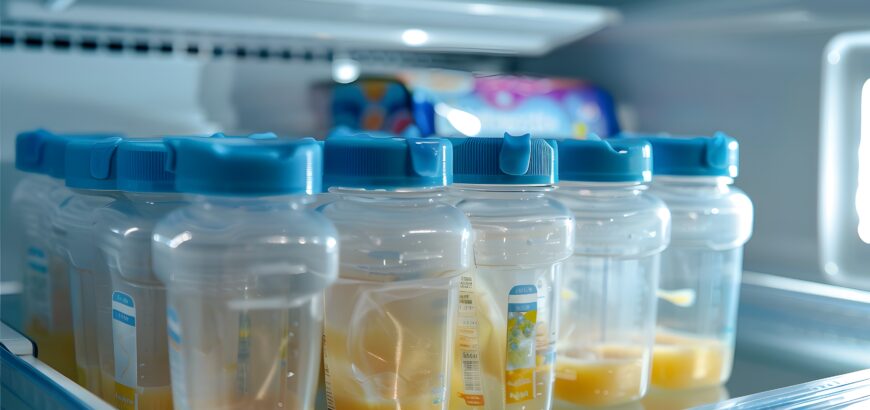
Food Safety That’s Critical
Sometimes, a seemingly perfect Daycare carries food poisoning to children. Teachers, directors, and parents can do their part to prevent countless children from accidentally infecting harmful food or substances. Prevention and awareness guard children from the consequences of food poisoning. If you identify unsafe practices in your Daycare’s food safety system, notify leadership or the North Carolina Health Department immediately. Furthermore, learn how to ensure your Daycare meets food safety standards. Here are 6 steps to ensure your daycare meets food safety standards.
6 Steps to Ensure Your Daycare Meets Food Safety Standards
1. Improper Food Storage
Proper storage prevents a variety of conditions leading to decay or contamination. Any reputable Daycare should follow strict guidelines for refrigerating perishable items like dairy, meats, and cooked foods. The Centers for Disease Control and Prevention (CDC) recommends keeping cold items at 40°F or below and cooked foods at 140°F or higher. Overcrowded refrigerators and loose lights are all signs that your fridge needs to be checked. Most centers also include procedures for breast milk and formula. All bottles must be refrigerated, and some centers require labels on the bottles. As your center director for more information about your center.
2. Lack of Hand Hygiene
Poor hand hygiene among Daycare staff leads to food contamination. The American Academy of Pediatrics (AAP) caregivers that caregivers wash their hands with soap and water for at least 20 seconds before and after handling food. Observe whether staff members follow proper handwashing practices and whether children are encouraged to wash their hands before meals. Hand sanitizer is a helpful addition but not a substitute for regular handwashing. Remember that clean centers with a fresh smell usually indicate that the center takes cleanliness seriously. Hand hygiene is a crucial part of this process.
3. Cross-Contamination Practices
Cross-contamination poses a serious risk in Daycare kitchens. Unclean surfaces, sharing utensils between raw and cooked foods, and using the same cutting boards for multiple items without proper cleaning can spread harmful bacteria like Salmonella or E. coli. All daycares must sanitize the equipment they use and follow guidelines.
4. Missing Allergen Guidelines
A Daycare must always be aware of a child’s common food allergies. While centers cannot control parents’ following the guidelines, they can monitor a child’s allergic reactions and their kitchen to ensure no common allergens enter the daycare. A daycare hesitating to discuss an allergen policy with parents should alert you.
5. Expired Foods
Serving expired food is not only unhygienic but also a significant health hazard. Daycare staff should regularly check expiration dates on all packaged items and dispose of anything past its date. Request to see sample meal plans or ask to visit during lunch. If you are uncertain whether the food is expired, you can call the Health Department.
6. Most Crucial of the 6 Steps to Ensure Food Safety- A Food Safety Certification
North Carolina requires Daycare facilities to comply with state health department standards, and staff involved in food handling should complete food safety training. Check whether your Daycare employs staff certified in proper food handling and preparation. Certification reveals the center’s transparency. This key factor separates a school that takes safety seriously from a center that could care less.
6 Steps to Ensure Food Safety In your Center
Ensuring proper food safety in Daycare settings is essential to protecting children from food borne illnesses and other health risks. Being attentive to these red flags upfront will prevent problems from arising in the future. You can research your state’s safety standards and discuss food handling procedures with your center. Contact Triangle Learning Center to learn more about our sanitation practices, and read more of our blogs.
References
- Centers for Disease Control and Prevention. “Food Safety Basics.” https://www.cdc.gov/foodsafety
- Team, C. E. (2003). The source of the US monkeypox outbreak was identified, and CDC issued updated interim guidance for the prevention and treatment of monkeypox. Weekly Releases (1997–2007). https://doi.org/10.2807/esw.07.27.02251-en
- American Academy of Pediatrics. “Handwashing and Food Safety Guidelines.” https://www.aap.org
- North Carolina Division of Child Development and Early Education. “Food Safety Regulations for Childcare Centers.” https://ncchildcare.ncdhhs.gov
- Taco Bell Food Poisoning Risks & Safety – Keep Food Safe. https://keepfoodsafe.org/food-poisoning/restaurant/taco-bell/
- How a Cold Room Chiller Enhances Food Safety – Blog. https://www.arctic-tek.com/blog/how-cold-room-chiller-enhances-food-safety
- How to Prevent Foreign Objects in Food? https://visionify.ai/how-to-prevent-foreign-objects-in-food/?noamp=available
- (2017). Buff Babies. Natural Solutions, (193), 12.
- Strollers With Car Seat Walmart. https://mybabysfamily.com/strollers-with-car-seat-walmart/
